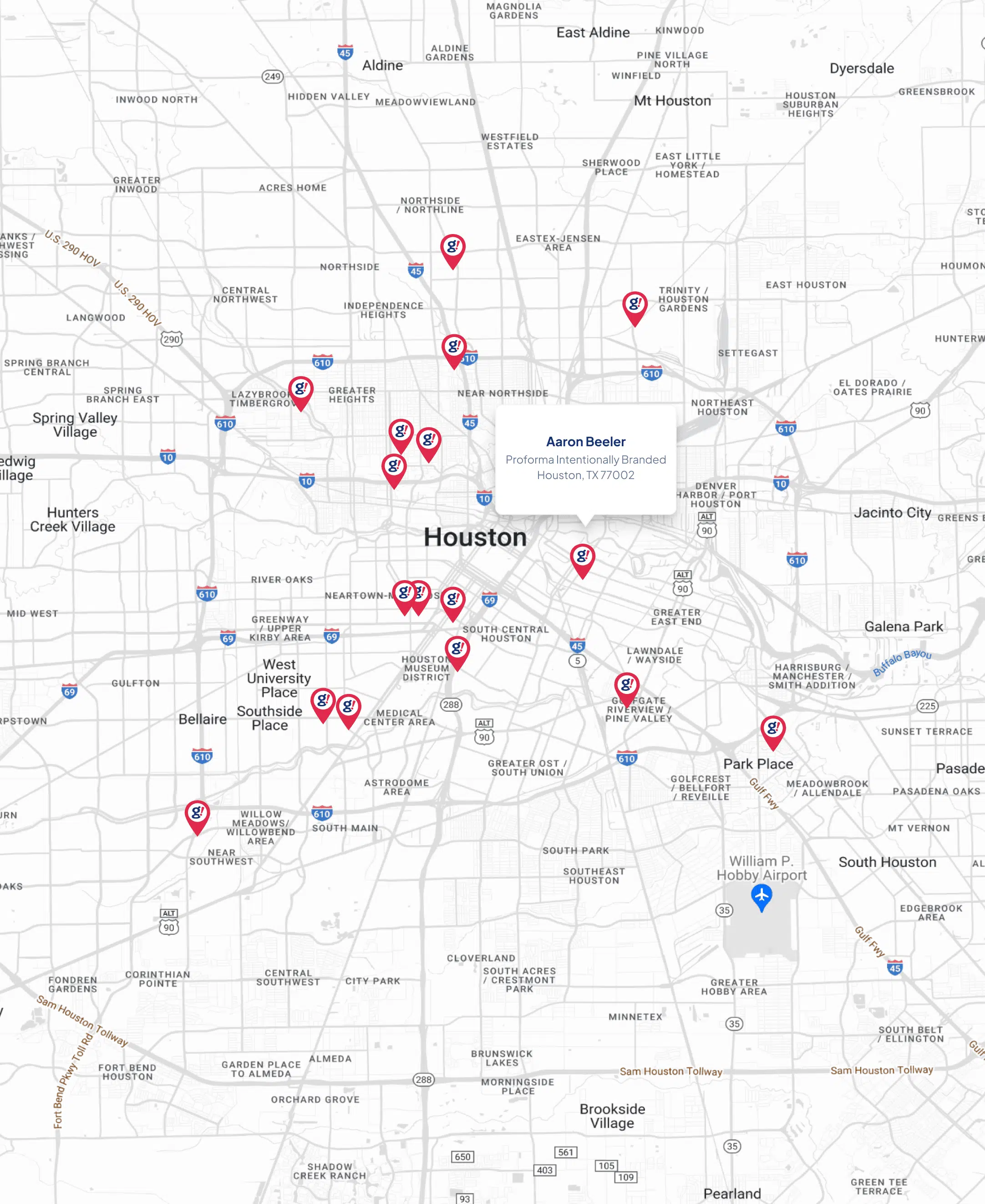A strong brand strategy can make or break a business. In today’s highly competitive market, brands that stand out are the ones with a well-defined strategy that connects with their audience, differentiates from competitors, and delivers a consistent message. However, not all strategies lead to success—many brands fall into the trap of bad strategy, which results in confusion, lost revenue, and poor customer loyalty.
Your Brand Is More Than a Logo—But Let’s Start There. Take a step back and look at your logo objectively. What feeling does it give you? Better yet, ask people around you—friends, employees, even customers. Do their responses align with what you want your brand to represent?
And it’s not just about the visuals. Your brand has a voice. Read through the content on your website, your emails, even your customer support messages. How does your brand “speak”? Is it fun and authoritative? Is it cold and rigid? Does it connect with your audience in a way that builds trust?
Because here’s the truth—a bad brand strategy isn’t just forgettable. It’s damaging. If your message is inconsistent, your identity unclear, or your promise unfulfilled, you’re not just missing out on customers—you’re pushing them away.
If your brand equates to the experience customers have with you personally, or only with a key sales rep, that’s a weak brand—and you could be in trouble. Think about it like this: when my clients stopped asking for me all the time and just trusted that anyone at my company could help them, I graduated from the basement to the ground floor.
A strong brand isn’t dependent on one person. It’s bigger than any single employee—it’s an ecosystem where customers trust the entire company, not just an individual. So, where does your brand stand? Are you building a business that scales, or are you the bottleneck?
Let’s talk about how to break free.
What Is a Brand Strategy?
A brand strategy is a long-term plan that shapes how a business is perceived in the market. It encompasses more than just a logo or tagline—it’s the complete blueprint for building brand awareness, customer loyalty, and competitive advantage.
Key components of a strong brand strategy include:
Brand Purpose & Mission: Why does your brand exist beyond making a profit? What problem are you solving?
Target Audience: Who are your ideal customers, and what do they care about?
Brand Positioning: What makes you different from competitors, and how do you communicate that difference?
Messaging & Voice: What’s your brand personality, and how do you consistently communicate it across all platforms?
Customer Experience: How do customers interact with your brand, and what kind of emotional connection do they build?
Visual Identity: How do your logo, colors, typography, and design reinforce your brand’s message?
When executed well, a brand strategy leads to brand recognition, customer trust, and business growth.
What Is a Bad Strategy?
A bad strategy is often reactionary, inconsistent, and lacks a clear purpose. Many businesses struggle because they either don’t have a strategy at all or make common mistakes that weaken their brand identity.
Common signs of a bad strategy include:
Lack of Clear Differentiation: A generic brand that doesn’t stand out from competitors.
Inconsistent Messaging: Frequent changes in tone, voice, and branding that confuse customers.
Chasing Trends Without Purpose: Jumping on every new marketing trend without aligning with core brand values.
Ignoring Customer Needs: Focusing too much on the product and not enough on the customer’s pain points.
Poor Execution: Even a great idea can fail if it’s not executed properly.
Businesses with weak brand strategies often struggle to build lasting customer relationships and end up losing market relevance.
Examples of Good Brand Strategy vs. Bad Strategy
Good Strategy: Apple
Apple is a masterclass in branding. Their brand strategy is centered around:
Clear Purpose: Apple’s mission revolves around innovation and user-friendly technology.
Strong Brand Identity: Consistent messaging, minimalist design, and premium positioning.
Customer-Centric Approach: Apple understands its customers and builds products that meet their expectations.
Effective Marketing: Iconic campaigns that focus on the experience, not just the product.
Apple’s ability to maintain consistency while evolving with technology has made it one of the most valuable brands in the world.
Bad Strategy: New Coke (Coca-Cola, 1985)
Lack of Market Understanding: Coca-Cola changed its formula based on blind taste tests but didn’t account for emotional brand attachment.
Ignoring Customer Loyalty: Fans of the original Coke felt betrayed and rejected the new product.
Brand Confusion: Instead of reinforcing Coca-Cola’s brand identity, New Coke diluted it.
Outcome: The company had to revert to its original formula in just a few months.
This serves as a classic example of how ignoring customer sentiment can lead to a brand crisis.
How to Avoid a Bad Brand Strategy
Know Your Audience – Research your customers and understand what they truly need.
Stay Consistent – Your messaging, visuals, and customer experience should align across all channels.
Differentiate Your Brand – Find what makes your brand unique and highlight it.
Be Authentic – Don’t just follow trends; ensure your strategy aligns with your core values.
Measure and Adjust – Track performance and refine your strategy based on data.
A strong brand strategy is intentional, customer-focused, and adaptable, while a bad strategy is often reactionary, inconsistent, or lacks a clear vision. By learning from successful brands and avoiding common pitfalls, businesses can build a strong, recognizable brand that stands the test of time.
Investing in the right strategy today will ensure your brand remains competitive and relevant for years to come.







